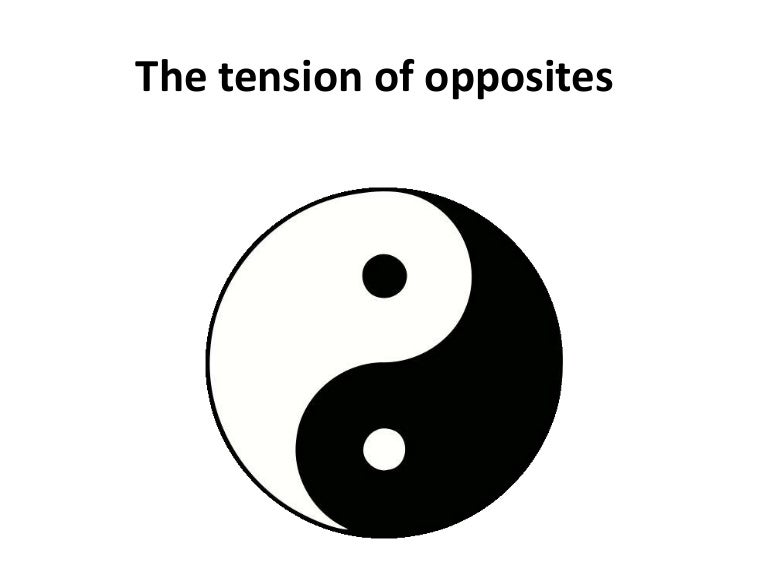

What I would really like to have is a way to typeset an expectation operator “E” rather like a summation sign “Σ”, with respect to size, and with upper and lower subscripts to indicate the conditions involved. This is indeed quite convenient, but I find that the LaTeX formatting is often rather ugly, especially in displayed formulas and when there are also integration and summation signs on the line. Quite common, e.g., in the papers of Green and Tao or the book of additive combinatorics of Tao and Vu.
#Tao symbol latex archive
Download the contents of this package in one zip archive (57.2M). The tables of symbols are ordered in a logical way (the document begins with a ‘frequently requested symbols’ list), the aim being to make the document a convenient way of looking up symbols. The notation is also more and more commonly used in some parts of analytic number theory to simplify the writing of (typically) finite averages, with things like Over 18000 symbols are listed as a set of tables.

Or maybe with a blackboard “E”, or something similar. Ibid., The value of the expectation is.£5.īut let us leave that aside), and the notation is typically 1848 WHARTON Law Lex., Expectation, in the doctrine of chances, is applied to any contingent event, upon the happening of which some benefit is expected. (1841) 97 The balance is the average required, and is known by the name of the mathematical expectation. Notice the latex program below where the \propto command is used to represent the proportional to symbol.

In latex, you can define this logical operator using the default and amssymb packages. The degree of probability of the occurrence of any contingent event.ġ832 WEBSTER s.v., If the chances of receiving or not receiving a hundred dollars.are equal then.the expectation is worth half the money. How long does it take a highly gifted mathematician like Terence Tao to master an entirely new mathematical discipline Of course I dont know Terence Tao. by Jidan / In this tutorial, we will cover proportional to symbol which is a logical operator. Probabilists use the word “expectation” to describe the average of a random variable (which is by the way rather badly defined by the OED:Ĩ.


 0 kommentar(er)
0 kommentar(er)
